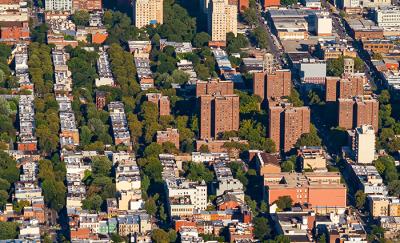Authors
Mark Lorie, Abt Global; Cameron Wobus and Rachel Bash, Lynker Technologies; Jeremy Porter, First Street Foundation; Jeremy Martinich U.S. Environmental Protection Agency
Riverine floods are among the most costly natural disasters in the United States, and floods are generally projected to increase in frequency and magnitude with climate change. In this article, the researchers leverage a newly available flood risk dataset for U.S. residential properties to calculate:
- Expected annual damages to residential structures from inland/riverine flooding at a property-level;
- The cost of property-level adaptations to protect against future flood risk; and
- The benefits of those adaptation investments assuming both static and changing climate conditions.
The models project that, in the absence of adaptation, future damages from riverine flooding will increase by 20 percent to 30 percent assuming higher scenarios of climate change. Floodproofing, structure elevation, and property acquisition and removal can each be cost-effective adaptations in certain situations, and the benefits increase with a warming climate. However, the modeling also shows that the extent of cost-effective adaptation is similar with or without considering future climate scenarios. This suggests that understanding current flood risk and acceptable adaptation criteria (e.g., desired return on investment) may be just as important as perfecting flood projects assuming future climate scenarios.



